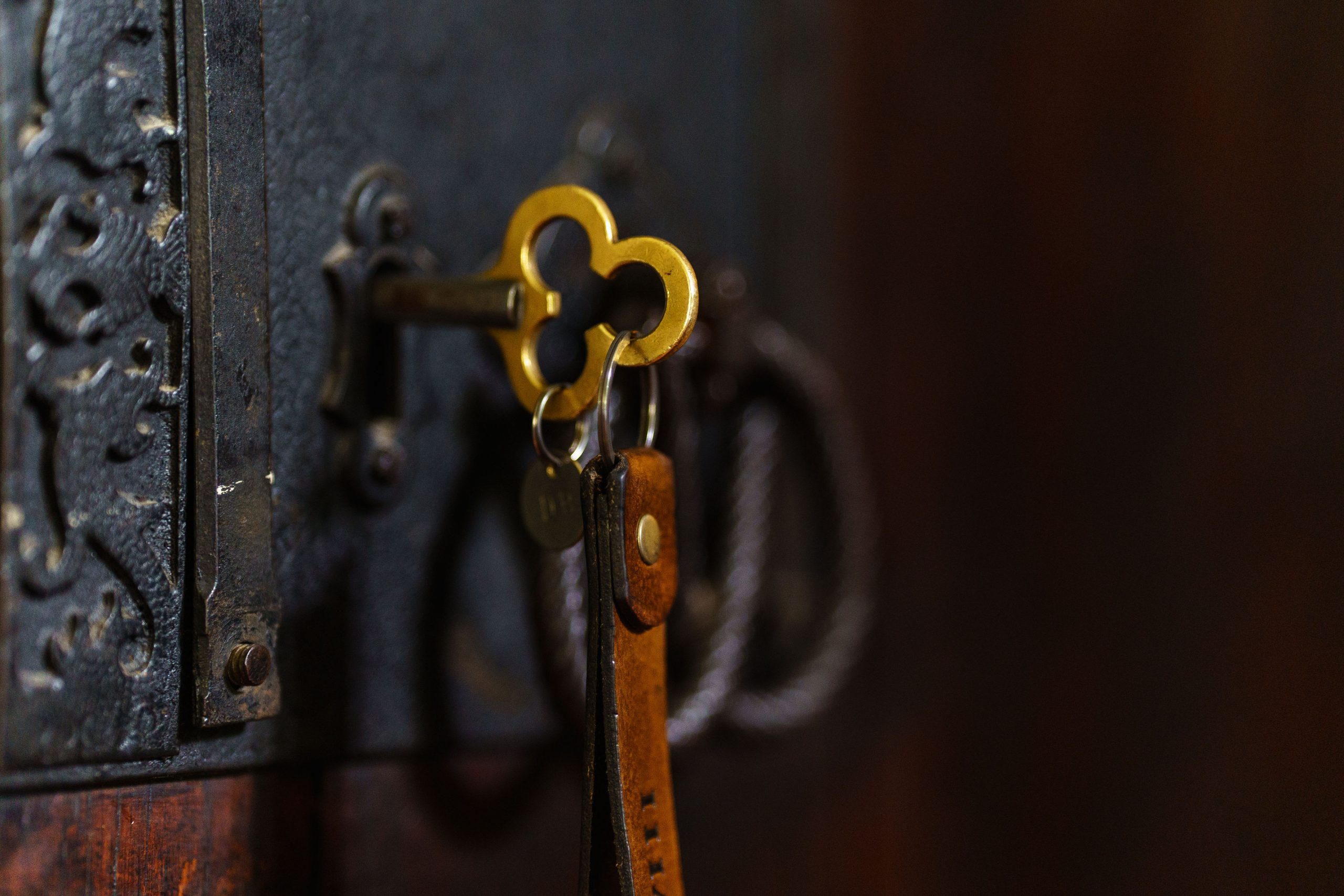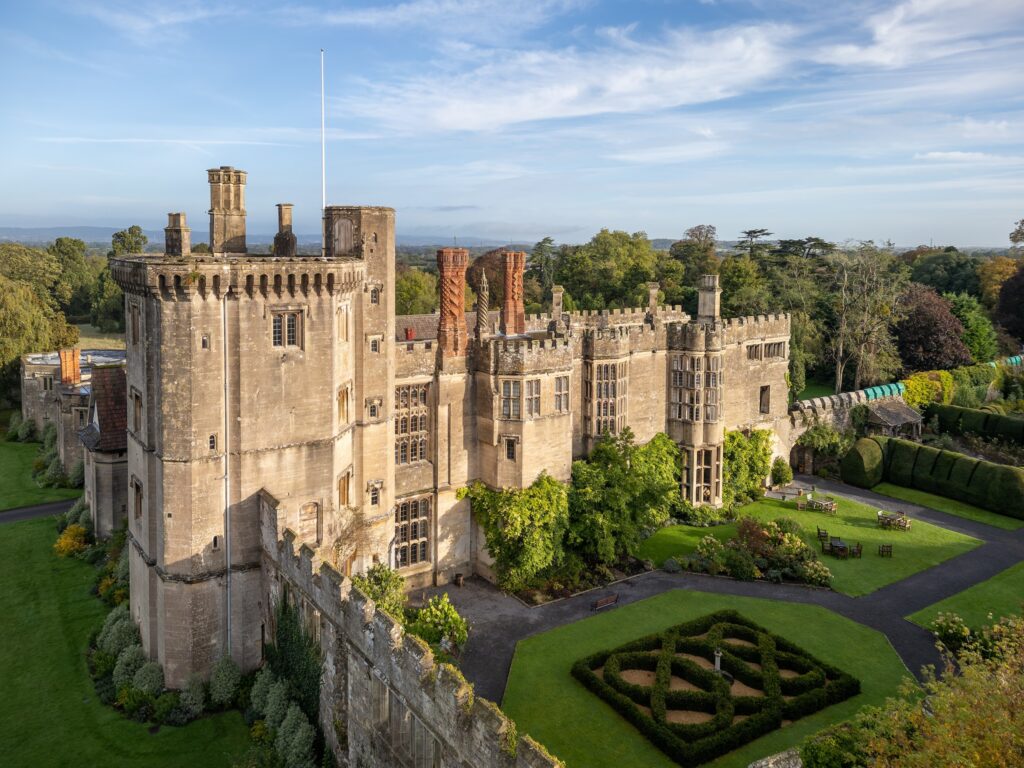

This one-of-a-kind destination, forged of imposing stone walls and steeped in palatial luxury, is an enduring testament to Tudor history, when royalty reigned supreme.
The castle was originally conceived and constructed by Edward Stafford, the only man to rival King Henry VIII’s wealth and status at that time. It was a display of wealth and ambition that Henry did not take kindly to, and after Stafford was found guilty of treason, the king took control of the castle he so coveted. A brief, beloved retreat for Henry VIII and Anne Boleyn, Thornbury Castle has weathered the tumult of British history over the centuries.
Following Henry VIII’s death, the castle passed through the hands of his children, Edward VI and Queen Mary Tudor (Mary I). Today, it stands just as tall as it did in those days of courtly intrigue; renewed with care by its current custodians and imbued with the regal grandeur of its past. Built to impress the most powerful man in the country, five centuries later, it still impresses…